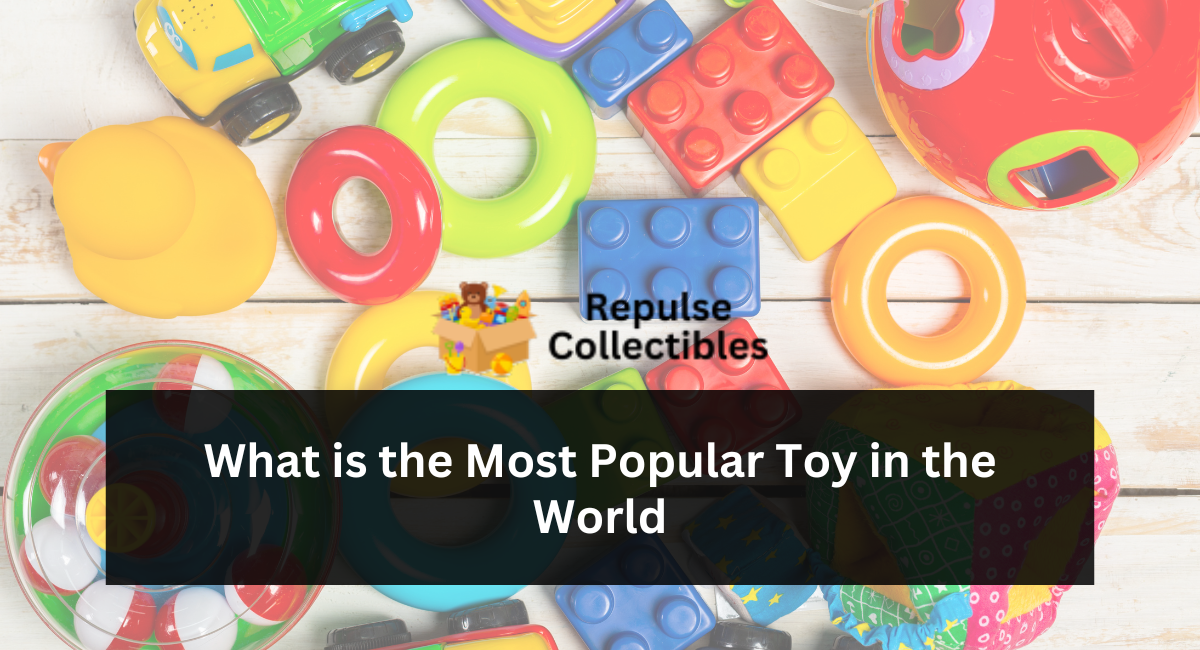Lego has become an international sensation due to its iconic interlocking plastic bricks. Additionally, they have expanded into licensed toys based on popular franchises such as Star Wars, Harry Potter, and Minecraft.
Rubik’s Cube is an all-time classic. Children and adults alike love this puzzle, with tournaments held to see who can complete it the fastest.
Nintendo Switch
The Nintendo Switch is an innovative console designed to offer gamers both at home and on the move an experience akin to real life. Equipped with two controllers that work both together or independently – perfect for local multiplayer gaming with HD rumble – which creates a more realistic experience for users. Furthermore, the Nintendo Switch includes both a docking station and HDMI cable to connect it directly to TV screens.
This bundle is priced at $380 and provides families with children an introduction to gaming trends this holiday season. Additionally, its environmentally-friendly manufacturing uses recycled paper and printed material in place of polystyrene – an irreversibly non-renewable, non-reusable material that requires significant pollution production processes to make.
Other popular toys this year include PAW Patrol figures, Barbies, Lego sets, and video game consoles. PAW Patrol toy sets rank high globally, while Catwoman figures from McFarlane Toys top searches within the United States.
TheToyZone utilized Google search data to reveal the top search terms in different countries for toys that were searched uniquely, such as favorite ’90s toys, dolls, family board games, and superheroes. PS4 was the most frequently requested toy in North America and Canada, while Xbox X dominated in Australia/New Zealand.
Lego
Lego bricks are used to construct various models and structures, with their popularity stemming from their ability to be used to build almost anything imaginable – from cars and houses to robots and educational activities. Lego Group of Denmark produces them.
Ole Kirk Christiansen, the company’s founder, began making wooden toys during the 1930s before switching to plastic in the 1940s to save his company from bankruptcy and make it an international success story. Alongside popular Lego sets, this manufacturer now produces video games and movies.
Lego has continued to evolve along with our world. Beginning in the 1970s, Duplo was added as a way for younger children to play. More complex sets featuring moving parts were then made available – eventually leading to themes specifically targeting girls and boys as well as a wide variety of vehicle- and space-themed sets being produced. Furthermore, licensed products featuring Star Wars, Indiana Jones, Spider-Man, Batman, and Harry Potter have also been made.
The LEGO Group has taken great care to foster an image as an environmentally-friendly business. Their factory is powered by renewable energy and features a recycling center; their bricks are biodegradable; even their logo features an “ECO Heart.”
Monopoly
Monopoly has long been an icon of culture. A classic board game that appeals to children while remaining challenging enough for adults. Its longstanding success can be traced to its ability to capture both morality and unbridled capitalism simultaneously; no other board game embodies Carnegie and Rockefeller better than Monopoly!
Monopoly hasn’t always had such an orderly history. According to Mary Pilon’s book The Monopolists, its origins can be found in The Landlord’s Game by Lizzie Magie, who intended to highlight injustice caused by concentrated wealth accumulation among only a few individuals.
Magie’s original message became obscured by the Parker Brothers’ publication of Monopoly in 1935, as its sales saved them from bankruptcy, and it would go on to dominate board game markets for years afterward.
Monopoly’s continued relevance is partly a result of its creators’ dedication to cultivating intellectual property but also of their responsiveness to consumer demands. Their many adaptations of the classic game, commemorations of sports franchises and major events, and numerous adaptations prove this point.
Barbie
Barbie has become one of the world’s best-known dolls over time, becoming synonymous with fashion, beauty, and success – as well as controversially supporting gender stereotypes and unrealistic body images. Barbie first made her debut at Mattel’s American International Toy Fair in New York City on March 9, 1959. Ruth Handler designed the doll after having been inspired by the German Bild Lilli doll. Over the decades, its appearance has changed several times to keep up with social trends.
In 2021, TheToyZone conducted an in-depth analysis of search data from different countries worldwide to ascertain which toys were the most sought-after toys in each. Their results were astounding: PS5 led with more than 15 million monthly searches in the U.S., while Funko Pop and Hot Wheel cars topped both Mexico and Guatemala lists; additional toys that made this list included Rubik’s Cubes, Lego sets, and Barbies.
Barbie has become one of the best-selling dolls worldwide since her introduction in 1959, selling over one billion units worldwide since then. Due to her immense popularity, supplementary toys such as cars, houses, and clothing featuring Barbie have increased over time – from flight attendant to surgeon and astronaut! Critics argue that Barbie promotes stereotypical gender roles, but her popularity has opened an entire franchise that features movies, TV shows, and even vlogger content!
Conclusion
In the expansive landscape of toys, attempting to crown a single toy as the unequivocal “most popular” is akin to capturing lightning in a bottle. Yet, within this diverse tapestry of playthings, certain icons like LEGO and Barbie have transcended generations and cultures to claim a spot among the most beloved. Their enduring appeal, fostering creativity, imagination, and storytelling, has propelled them to global recognition.
However, the concept of popularity in the realm of toys is fluid, shaped by ever-evolving trends, innovations, and individual preferences. What might resonate as the favorite toy for one person could differ vastly for another. This diversity underscores the richness of the toy industry, offering a plethora of options that cater to a wide array of tastes and interests.
